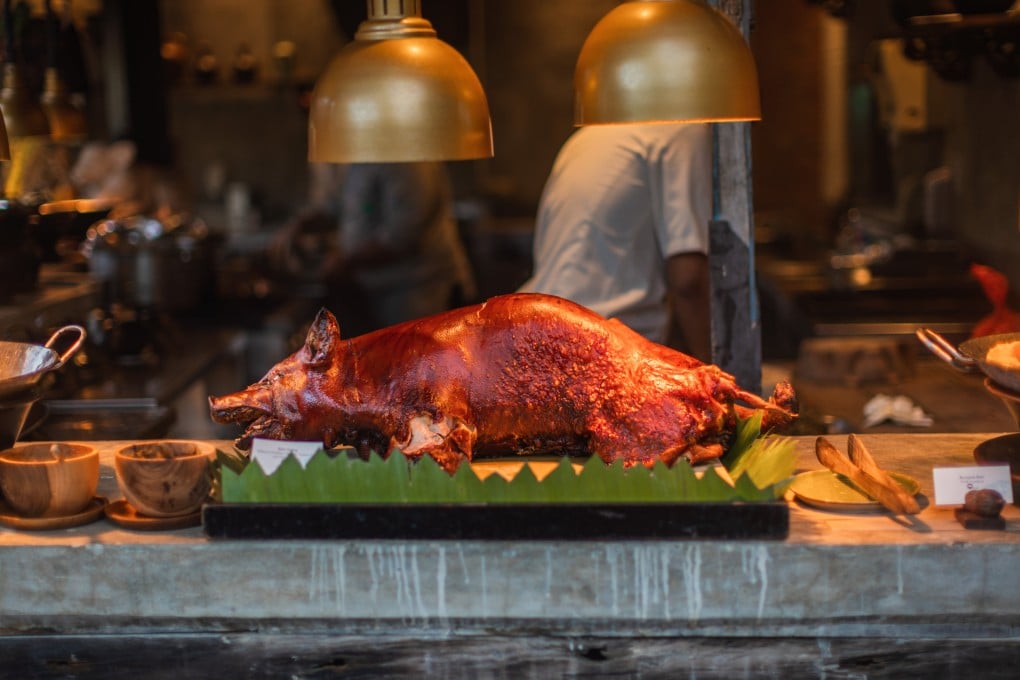How Anthony Bourdain’s favourite pork dish, babi guling, or spiced Balinese roast pork, went mainstream
- Balinese roast pork – babi guling – was once eaten purely at celebrations, but these days it can be found in restaurants all over the Indonesian island
- Celebrity chef Anthony Bourdain, after tasting the spiced and spit-roasted dish 20 years ago, remarked that it was the best pork he’d ever eaten

When Anthony Bourdain arrived in Bali all those years ago, his declaration that babi guling – Balinese roast pork – was the best pork he’d ever eaten put the dish on the world map.
However, apart from being the favourite dish of one of the most loved celebrity chefs, this dish has a long history, one that involves royalty and the near extinction of a breed of pig.
Bali is the only Hindu majority state in mainly Muslim Indonesia. Hinduism on the island dates back more than a millennium and was the product of contact with different cultures, most notably that of the Indian traders who introduced their faith to the population of the then island state.
About 87 per cent of Balinese people identify as Hindu, in contrast to the rest of the archipelago, where Islam is the dominant religion – one that forbids the eating of pork.

Babi guling is very popular in Bali, where there are close to 200 restaurants that specialise in the dish.
“There’s probably, I don’t know, 180 different [babi guling] places on the island. The island is quite big … and these places are really everywhere,” says Niki Kasli, an events manager who owns the Instagram account Babi Guling Champion and has a mission to try all the babi guling restaurants in Bali.